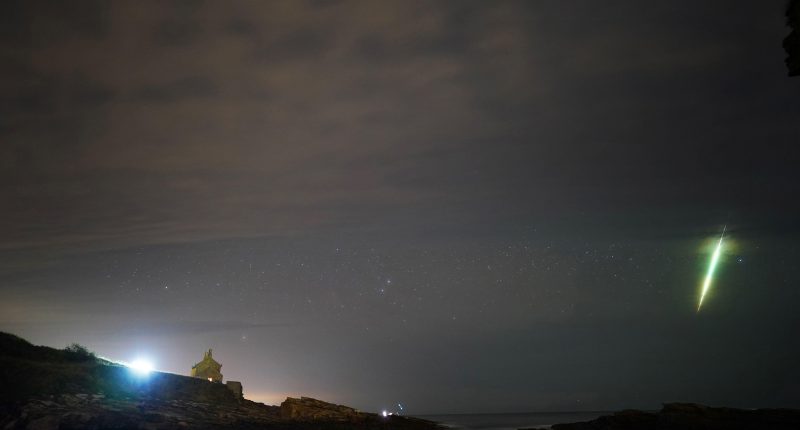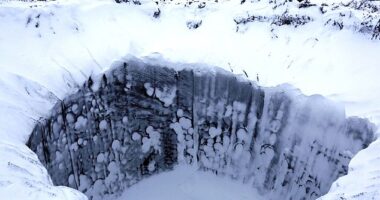A DRACONID meteor shower is set to light up the skies this weekend – and Brits will be able to spot the dazzling display.
The impressive sight occurs every October and can be seen with the naked eye.
Experts say the best time to catch the Draconid meteor shower will be tomorrow and Monday night.
While they said people in rural areas away from light pollution may have a better chance of catching a glimpse of the shower, it will be visible all across the UK.
Dr Minjae Kim, a research fellow from the Department of Physics at the University of Warwick, said the shower would still be visible tonight.
The Independent reported Dr Kim said: “The Draconid meteor shower will be active from October 6th to 10th, with its peak occurring around October 8 and 9.
Read more on tech
“During this period, the moon will be in its Last Quarter phase, providing favourable conditions for observation.
“The optimal viewing time for this meteor shower is in the evening, after nightfall, as the radiant point of the shower reaches its highest point in that constellation of the night sky at this time.
“To fully appreciate this celestial event, minimal light pollution is ideal. Find a location with an unobstructed horizon that offers a clear view of the stars on a dark, cloud-free night.”
She added: “The Draconid meteor shower is not directly related to the Draco constellation; they simply appear to emanate from a point within it.”
Most read in Tech
Luckily, October has two meteor shower events so if you miss out on this one you may still be able to catch the Orionid shower in a few weeks.
The Draconid meteor shower, also known as the Giacobinids, is named after the constellation of Draco the dragon.
The streaks spawn from the comet 21P/Giacobini-Zinner, which orbits around the sun for six-and-a-half years.
What’s the difference between an asteroid, meteor and comet?
Here’s what you need to know, according to Nasa…
- Asteroid: An asteroid is a small rocky body that orbits the Sun. Most are found in the asteroid belt (between Mars and Jupiter) but they can be found anywhere (including in a path that can impact Earth)
- Meteoroid: When two asteroids hit each other, the small chunks that break off are called meteoroids
- Meteor: If a meteoroid enters the Earth’s atmosphere, it begins to vapourise and then becomes a meteor. On Earth, it’ll look like a streak of light in the sky, because the rock is burning up
- Meteorite: If a meteoroid doesn’t vapourise completely and survives the trip through Earth’s atmosphere, it can land on the Earth. At that point, it becomes a meteorite
- Comet: Like asteroids, a comet orbits the Sun. However rather than being made mostly of rock, a comet contains lots of ice and gas, which can result in amazing tails forming behind them (thanks to the ice and dust vapourising)
This post first appeared on Thesun.co.uk









